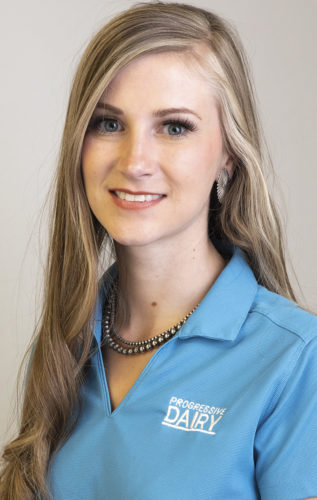Strapped for cash this year, farmers are looking for new ways to manage their bottom-line expenses. Buying brand-new equipment can be expensive and is not cost-effective if not used every day. Farmers today are facing pressure to rethink their balance sheet and get the most bang for their buck.
Two new online businesses started this past year offer dairy farmers alternatives to purchasing new high-priced equipment from dealerships. MachineryLink Sharing is a sharing community where members can list and rent equipment from other farmers, and Dairy Dealer brings buyers and sellers together to exchange dairy-related items such as cattle, feed and equipment.
Second only to land, equipment is the most expensive item on any farm balance sheet. Jennifer Goldston, vice president of communications and marketing for MachineryLink, says the price of equipment can especially be expensive for new producers wanting to get into dairy farming.
They may not have all the diverse pieces of equipment a dairy farmer needs to own or use every single day.
Contractors, custom-harvest crews and equipment-rental services already exist to help farmers in a pinch. Looking at unique ways to address the cost of equipment, innovators and entrepreneurs have started to recognize a trend in the sharing economy.
“For farmers who are trying to think of how and where they can generate more revenue for their farm family, one thing they can do is look in the shed and see what equipment they have there that they are not using,” Goldston says. “If a farmer isn’t using that piece of equipment all the time, he could share with another farmer.”
As the founders of the website talked to farmers, they created a community connecting owners of equipment with users of equipment. By sharing machinery, both owners and users receive a financial benefit. Owners found the income gained from sharing idle equipment allowed them to pay off debt or re-invest elsewhere in their operation while also helping other farmers.
“A tractor is utilized on the average farm only 17 percent of the time,” Goldston says. “A combine is only used 7 percent of the time. So that means a farmer has a half-a-million-dollar combine they own sitting in their shed or barn and they only use it one month out of the year. That is really expensive.”
For those who need equipment, sharing machinery provides greater flexibility, reduced cost of ownership and easy access to new equipment with the latest technology.
MachineryLink helps handle transportation and logistics, invoicing, customer service questions and any dispute resolutions for all rental agreements. Their services total 15 percent of the paid price. The user pays 5 percent, and the owner pays a 10 percent commission.
Dairy Dealer has a similar goal of bringing the dairy community closer together. Dougie Idsinga, director of operations, says his website is making it easier for producers to buy, sell or trade dairy-related items on just one website instead of searching multiple equipment sites.
Idsinga started the business to provide an easy service to dairy farmers who don’t normally discuss what they have or what they are selling.
“Back in the day, I needed a feed truck. So I went down to the dealership and bought a brand-new one,” Idsinga explains. “Little did I know my neighbor down the road had one for sale – and I didn’t even know it.”
DairyDealer offers marketing opportunities for listed dairy items being sold by featuring advertisements and specific listings on their website and sharing them through social media and weekly emails.
The seller pays $10 per head of cattle or a 3 percent commission to the business when their item is sold on the website. Idsinga says this charge is lower than most websites and auctions that oftentimes require a 10 to 12 percent commission.
Both websites are user-friendly, and in order to buy, sell or rent equipment, producers create their own account for free. Owners of equipment looking to sell or rent their piece of machinery create a new listing, write a short description and upload a few photos.
Buyers then search the equipment listings to find what they need and are placed in contact with the owner.
One of the biggest challenges of getting farmers to look at alternative options to buying new pricey equipment online has been tradition.
“In agriculture, it is very much a part of our culture to own equipment. Farmers feel good about the shiny red or green piece of equipment they have. So the biggest hurdle has been producers being open to change,” Goldston says.
However, young farmers are more technologically savvy than any generation before. Many are early adopters and are looking at how they can make their farm even more efficient and financially secure for their family.
Both businesses have grown tremendously in the past year. Every day these websites are receiving more listings, creating new accounts and directing new viewers to their pages.
“We just want to be that website that dairy farmers go to every day to check out what we have got going on,” Idsinga says. “If they have something break at the dairy, they can check this website out and find a bargain on it instead of going down to the dealership and buying something brand-new.” ![]()
Audrey Schmitz was a 2016 Progressive Dairyman editorial intern.





